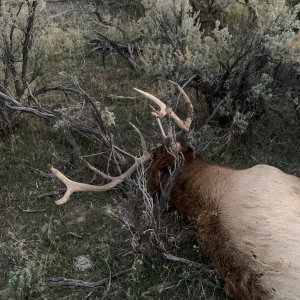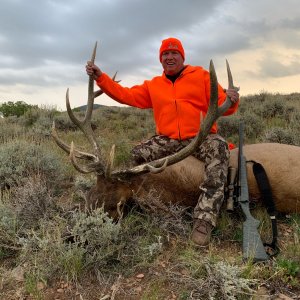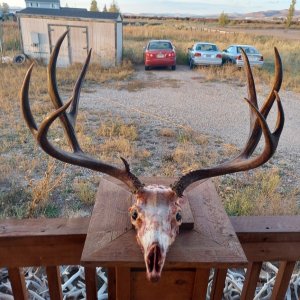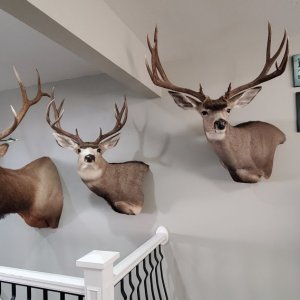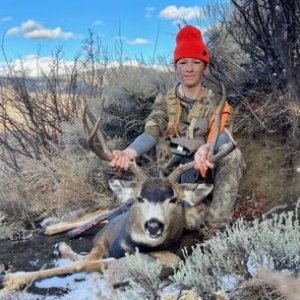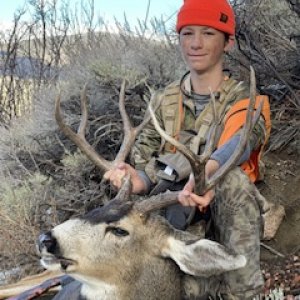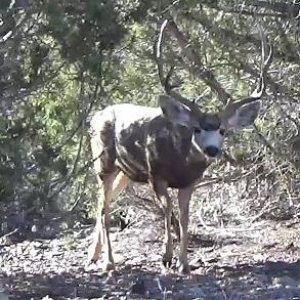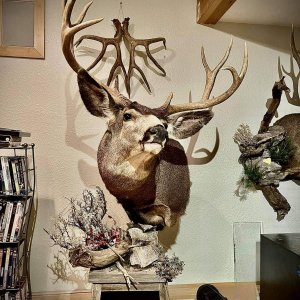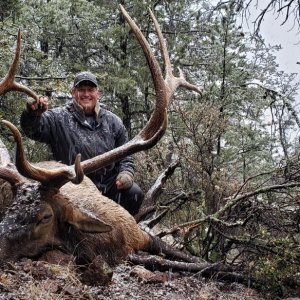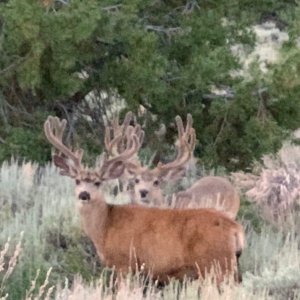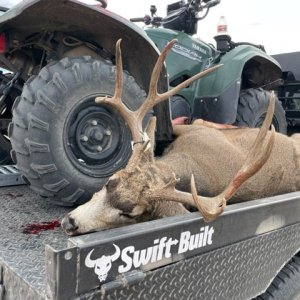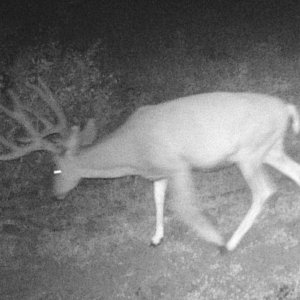I
ID_Paul
Guest
I grew up hunting open desert country, and have realized that I am too dependent on seeing long distances to be comfortable and confident. Over the past few years, there have been instances where my dependence on spot and stalk methods prevented me from finding the elk. Once, I knew the elk were in a certain steep, dense patch of timber and brush, but I had no idea how to get in closer. It was dry and hot, with no way to move quietly.
On opening day last season, I was in timber and spooked an elk. In that area, though, I could easily see 50-75 yards and the ground was fairly clear. I took my boots off and stalked in my socks. I saw her twice more, but never long enough or clear enough for a shot.
The next day, I had the good fortune to have a strong storm soak all the dense stuff, and the third morning of my season I spotted elk on a barren ridge, about a mile out, drying off in the sun. After dropping out of sight and closing the distance, I got my elk.
I drew another cow tag in the same area this year, and don't want to lose opportunity if the weather isn't as cooperative. Any tips you can give me on how to hunt in the thick timber and brush would be greatly appreciated.
Thanks.
Paul
On opening day last season, I was in timber and spooked an elk. In that area, though, I could easily see 50-75 yards and the ground was fairly clear. I took my boots off and stalked in my socks. I saw her twice more, but never long enough or clear enough for a shot.
The next day, I had the good fortune to have a strong storm soak all the dense stuff, and the third morning of my season I spotted elk on a barren ridge, about a mile out, drying off in the sun. After dropping out of sight and closing the distance, I got my elk.
I drew another cow tag in the same area this year, and don't want to lose opportunity if the weather isn't as cooperative. Any tips you can give me on how to hunt in the thick timber and brush would be greatly appreciated.
Thanks.
Paul

